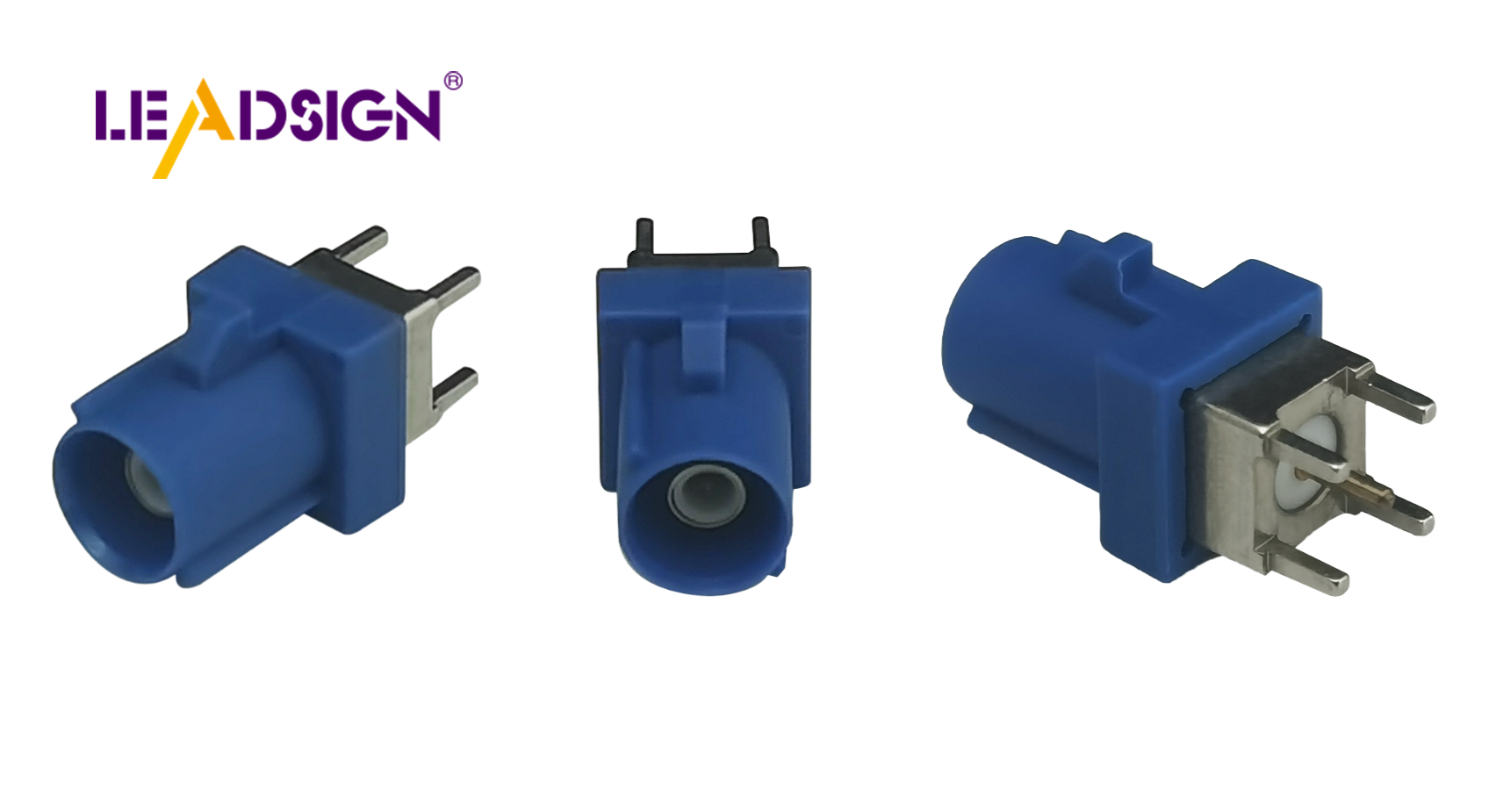How to Securely Install Automotive Wiring Connector Types

Safe wiring in cars is essential for optimal performance. Poor connections can lead to issues and impact your vehicle's functionality. Understanding the various automotive electrical connectors types is crucial. Connectors such as FAKRA feature robust coding systems and are designed for secure use. They comply with the stringent standards of the automotive industry. This guide assists you in correctly installing these connectors, ensuring durability and reliability. By following the outlined steps, you can prevent common issues and maintain the integrity of your car's wiring system.
Getting Ready and Checking
Knowing Different Automotive Electrical Connectors Types
Automotive electrical connectors types are important for your car's wiring. You should learn about common connector types to make smart choices.
Common Connector Types
FAKRA Connectors: These are used in things like GPS and radios. They have strong coding and locking, keeping them secure.
MX80 Series Connectors by JAE: These have a special feature that clicks when inserted right. They follow USCAR-2 rules, good for cars.
Conec’s IP67 RJ45 Field-Attachable Connectors: Perfect for tough places, they need no tools to connect and latch easily. They send data fast, great for tech like GPS.
General Automotive Connectors: Made to handle shaking, they lock well to stop wires from bending or breaking.
Picking the Right Connector
Choose the right connector based on what you need it for. Think about where you'll use it and what it needs to do. For high-frequency uses, go with FAKRA connectors. For rough spots, try Conec’s IP67 ones.
Tools and Stuff You Need
Having the right tools is key for putting in automotive electrical connectors types properly.
Important Tools
Wire Strippers: Use these to cut wires just right.
Crimping Tool: This helps attach pins to wires securely.
Soldering Iron: Soldering makes connections strong.
Suggested Materials
Weatherproof Connectors: Keep connections safe from water.
Heat Shrink Tubing: Protects connections from damage.
Electrical Tape: Adds extra safety to your connections.
Staying Safe
Safety is super important with automotive electrical connectors types.
Personal Safety Tips
Wear gloves and goggles to stay safe.
Work in a bright area without risks.
Unhook the car battery before starting work to avoid shocks.
Car Safety Tips
Don’t work on a running or hot car; it's dangerous.
Make sure all connectors are tight so they don’t come loose while driving.
Check connectors often to stop rust or bad links.
By knowing these automotive electrical connectors types and following steps here, you can install them safely and correctly.
Installation Steps
Taking Out Old Connectors
Finding Bad Connectors
First, find the bad connectors. Look for wear or rust. Bad connectors can make your car not work well. Check often to catch problems early.
Removing Safely
After finding a bad connector, take it out carefully. Use the right tools to keep wires safe. Gently pull after unlocking it. If stuck, check for missed locks. Don't pull too hard; it can break wires.
Putting in New Connectors
Getting Wires Ready
Before adding new connectors, get wires ready. Cut wire ends to the right size. This helps them fit well with new parts. Clean wires to remove dirt and rust. Good prep makes strong connections.
Connecting the Parts
Line up new connectors with ready wires. Put wires into connector holes. Use crimping tool to hold them tight. Crimping makes sure they connect well. Check each wire is secure before moving on.
Making Connection Safe
Once connected, make it safe with heat shrink tubing over joints. This stops water and stress damage. Lock connector properly so it stays put while driving.
Checking Your Work
Looking Over Everything
Look at everything once done installing. Check for loose or open wires and ensure it's locked in place right.
Testing Electricity
Test electricity to see if connection works well using a multimeter for continuity checks confirming path is complete ensuring all works fine keeping car reliable.
When putting in car connectors, avoid common mistakes. Here’s some advice.
Mistakes to Avoid
Tightening Too Much
Don't tighten connectors too much. It can break them. Use just enough force to keep them snug but not damaged.
Ignoring Fit Problems
Make sure connectors fit your car's wires. Wrong ones can cause problems and be unsafe.
Tips for Long-lasting Connections
Regular Check-ups
Check connectors often for rust or wear. Clean them to stop dirt from causing issues.
Using Good Parts
Use good quality parts that last long. They handle weather better and work well over time.
By following these tips, your car’s electrical system will stay safe and work well.
Now you know how to safely install automotive wiring connectors. Following these steps keeps your car's electrical system safe and reliable. Always use the right tools and materials for success.
Customer from Hot Rod Wires: "It was easy to install with clear instructions. The help after buying was really great."
If you have trouble or feel unsure, ask a pro for help. Many people, like those who fixed their 1932 Ford B–400, were happy with their work. Your car needs good care, so be proud of your job and enjoy a well-kept vehicle.
See Also
Essential HSD Connectors for Automotive Applications
Significance of FAKRA Connectors in Auto Industry
Benefits of HFM Connectors for Automotive Applications

